Ariel Helwani recently revealed that 12-6 elbows are now being legalised in MMA, and they will undoubtedly have an effect on grappling exchanges in the sport. Everyone knows that grappling is completely different when strikes are involved and that becomes even more clear when watching elite grapplers make the transition to MMA. The ability to strike changes how preferable certain positions like half guard and side control are, while also creating a massive incentive to stand up from bottom position instead of re-guarding. With this new type of strike being introduced to the sport, it’ll be interesting to see how it changes the game.
What Difference Will 12-6 Elbows Make To Grappling In MMA?
The Background
The name of the 12-6 elbow refers to the direction of the strike, in that it drives directly downward in a straight line with the point of the elbow. The technique has never actually been legal in MMA when it comes to grappling exchanges, as 12-6 elbows were not allowed against a grounded opponent. This is specifically for the Unified Rules of MMA, but these are the rules used by the UFC and the most widely used in regional MMA as well. Although the majority of fighters have been able to avoid ever falling foul of this rule, there are a few famous examples of disqualifications like the sole loss of Jon Jones’ career so far.
Now, the Association of Boxing Commissions (ABC) has announced that they will be removing the rule entirely moving forward. The change will come into effect on November 1st, 2024 and that time has been given to allow for referees and promotions to all get up to speed on the update. This will open up an entirely new offensive technique for fighters that will be available in a wide range of situations. That means that fans will get to see new scenarios in the cage and it will undoubtedly be very interesting to see how fighters will make use of the new technique.
The Technical Applications
While 12-6 elbows will become available in any MMA grappling exchange, it won’t be a useful attack in every situation. There will undoubtedly be a few fighters who are able to make use of it from unpredictable angles but the main applications are pretty clear. One of the most obvious scenarios where 12-6 elbows will be landed is from mount, and this is probably where they will first start appearing with regularity. They will also be available from any guard position and side control as well, but the greater distance away from the opponent’s head and the perpendicular angle will make these much less common.
12-6 elbows can only be done from a top position in MMA but there is one other grappling scenario where they will likely be pretty useful. It’s not uncommon for wrestlers to shoot in for a takedown and be met with a sprawl, in which case they end up in some variation of the front-headlock. This position will also likely see a pretty high number of 12-6 elbows attempted because the opponent’s head is directly in front of the top player and it’s at the perfect height for the strike to have maximum effect.
The Impact
The truth is that 12-6 elbows probably won’t form a massive part of any MMA fighter’s grappling gameplan, but they will have some effect. The amount of difference they will make to side control and top guard positions is probably pretty close to zero, due to their limited damage. The mount will now become a more deadly position and it’s possible that we see an increase in the number of finishes by strikes from there, but competitors already avoid being under mount at all costs anyway so the grappling exchanges there won’t change too much.
The real difference in MMA grappling will be seen in that front-headlock or sprawled out position, where the 12-6 elbows are readily-available but the current arsenal of strikes is not particularly dangerous. Bad takedowns will now be punished far more severely and being on the losing end of a scramble when wrestling up could have dire consequences. Fighters don’t usually spend long in these positions so we probably won’t see many more knockouts from there, but there’s a good chance of a different effect.
It’s likely that wobbling fighters with 12-6 elbows from the front-headlock or a sprawled out position might lead to more submissions from there. That could mean an increase in the number of D’arce chokes, Anaconda chokes, and Guillotines; along with more fighters being able to take the back from there. That should in turn mean that fighters in general will take fewer bad shots and learn to wrestle up better, in order to avoid the danger. This won’t happen overnight of course, it will take months for fighters to adjust to the new rules and months for them to react to those adjustments even at the highest levels of MMA.
12-6 Elbows And MMA Grappling Conclusion
Although it won’t be instantaneous, MMA does evolve at a pretty fast pace compared to other sports. In a relatively short space of time MMA fighters will be grappling in a slightly different way thanks to the inclusion of 12-6 elbows. They will be far less content to spend time on the bottom in a front-headlock or sprawled out position and the general level of wrestling will be even higher to compensate for the increased danger. The submission offense from this positions will improve, and the overall finishing rate in the sport will likely increase as well.
For more of our opinion pieces on various topics, visit our opinion piece archives.












